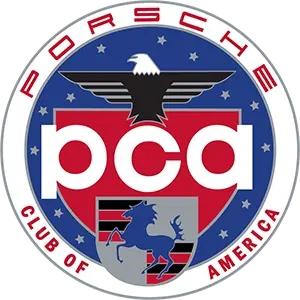Watch those low mileage cars
I was recently at a club event where a new member was asking me what to look for in a specific low mileage Porsche (997 chassis 911). The specific model isn’t critical for this tech article, but what I do feel is worthy of mentioning are a few key technical aspects to keep in mind when searching for a previously-loved low mileage Porsche. While lower mileage specimens can be of higher value, they can be quite a headache and costly if they’ve been neglected.
As I mentioned to the member, if I were given the option of a 10yo Porsche with only 25k on the odometer but no maintenance invoices in the glovebox, vs a 10yo Porsche with 75k on it and at least a small folder of preventative maintenance invoices (some repair invoices are ok, but you also don’t want to buy a lemon), with everything else equal, I’d most often choose the latter. As I’ve mentioned in previous tech articles, if your engine doesn’t achieve the recommended 3500-5000mi non-synthetic or 5000-7500mi synthetic oil change interval within a year, our recommendation is to have the oil and filter changed every year. Brake fluid on a street car should be flushed every 2years regardless of mileage, and every 4years for a coolant flush on the later watercooled cars. This is due to condensation and contaminants which build up in the fluid. One some vehicles, like vintage 356’s, 912’s, and 911’s, the worst thing you can do is let them sit (besides, it’s just not nice to make a Porsche lonely for so long!). This is where a vehicle with ultra-low mileage and no maintenance history can be a vehicle to possibly walk away from based on the cost to repair correctly. On these vehicles, the corrosion which occurs in the brake system due to moisture will cause the brake components will seize up.
As well, seals and other rubber components can often dry up and get brittle due to little/no use, then start cracking and leaking. Thankfully this isn’t as much the case on the newer watercooled cars due to differences and improvements in component technology, however a 10yr old watercooled which has never had the brake fluid flushed could still have corrosion in the brake system. This might mean new brake calipers and possibly brake lines on a newer vehicle, which if properly maintained should never need to be replaced otherwise. As well, the safety/reliability of tires will typically be expired by the 10yr mark so be prepared for 4-5 new tires too. Moreover, the fuel tank will probably have water in it and the fuel has now turned towards varnish, so the fuel tank will need to be drained. The blinker fluid and the gefunkt tank might be comprised as well, so it wouldn’t hurt to have those checked while you’re at it. 😉
Porsche’s were originally designed to be driven so get out there and exercise them, as well as your own heart!
Jeremy Williams is the Oregon PCA Technical editor. He co-owns Matrix Integrated Inc. (Matrix Integrated Inc.) with his brother Justin. Jeremy can be reached at [email protected]









Hello,
So, a low mileage 14 yr old 911 (48k kms) can still be used as a daily driver. Receipts for last 5 yrs of yearly oil changes with 3 to 5k kms per yr.
What would you recommend for ppi, drop oil pan, oil analysis?
Thanks
Sorry for the delay Dale, your reply got caught up in Spam. So, 2004 911, so a 996 chassis? Yes, could certainly be used as a daily driver. Good to see the receipts of routine oil changes. During a PPI we’d recommend removing the oil filter, cutting open and checking for plastic and metal debris in the filter, then installing a new filter and topping the engine oil. Have a look at these blog posts here; https://www.oregonpca.org/blog/what-is-that-debris-in-my-986996-oil-filter-2017-05-09/ https://www.oregonpca.org/blog/oil-analysis-another-diagnostic-tool-2018-01-08/